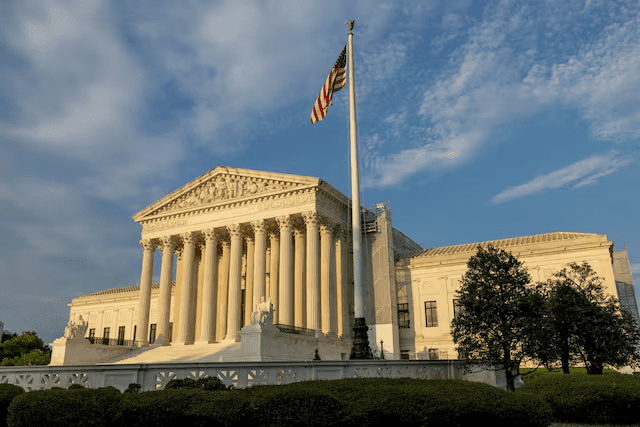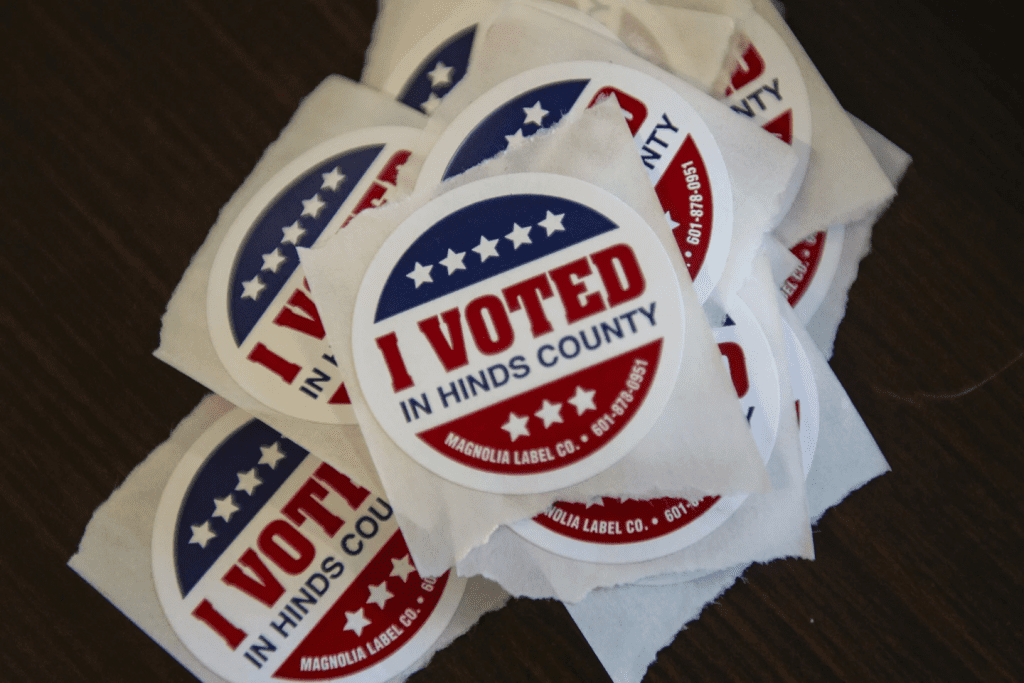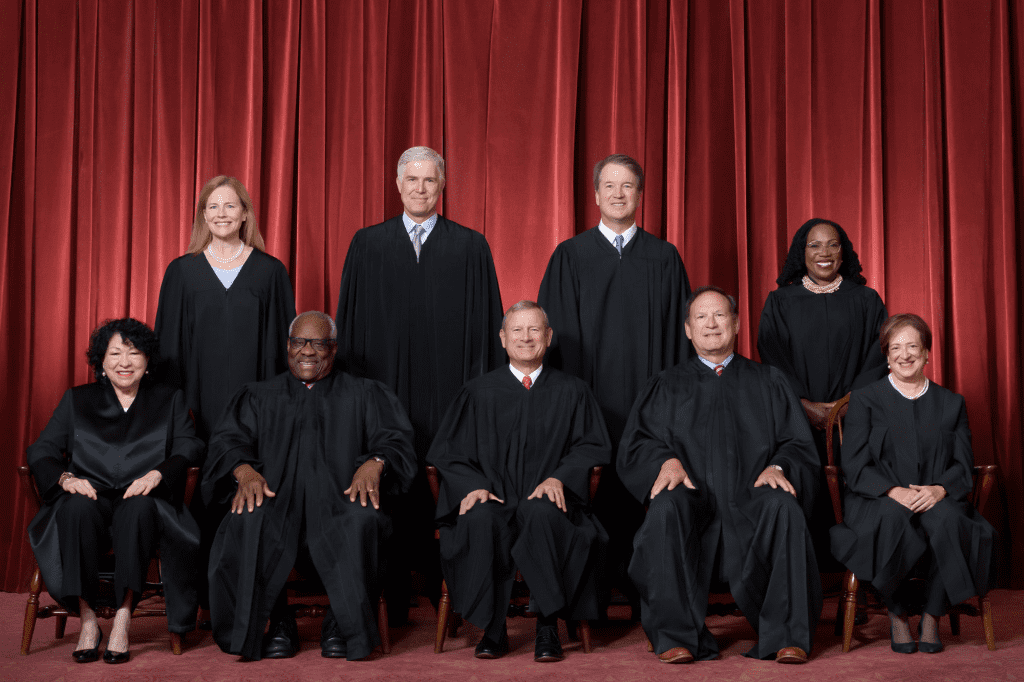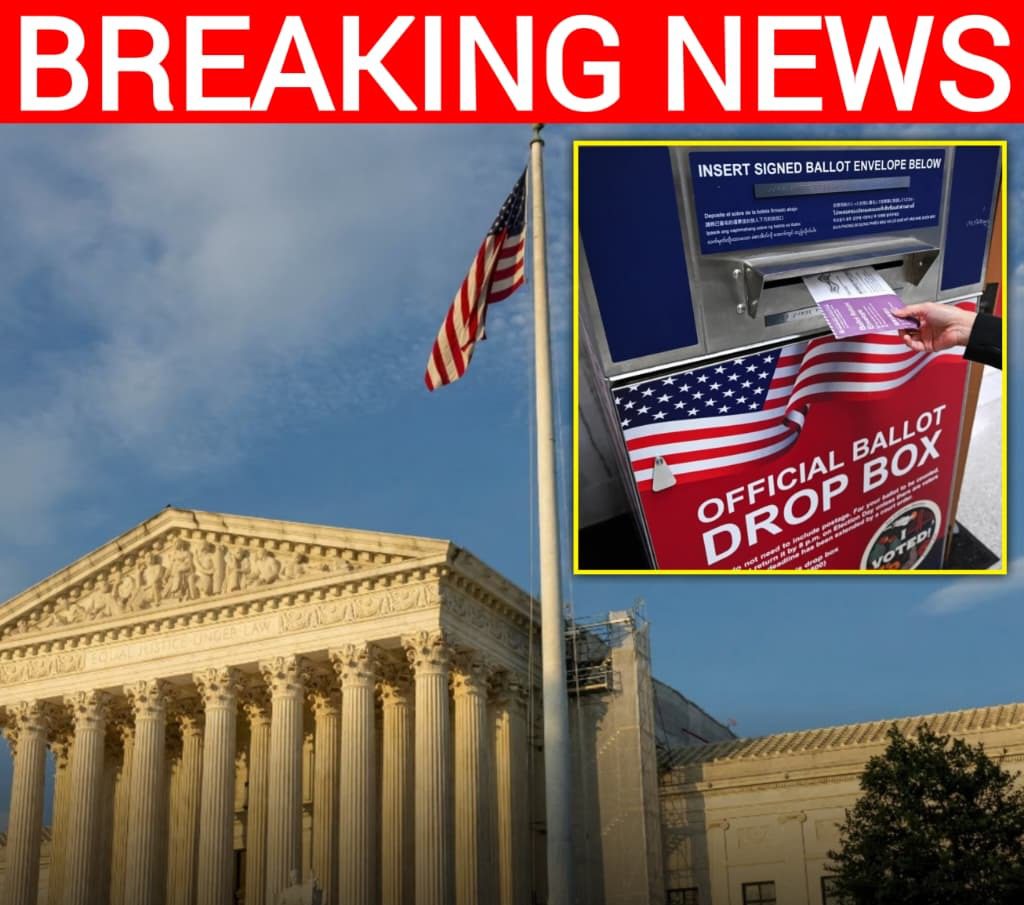U.S. Supreme Court Takes Up Fight Over Mail-in Ballots Received After Election Day — A Decision That Could Reshape Every State’s Voting Rules
In a move that has sent shockwaves through America’s election system, the Supreme Court of the United States announced on November 10, 2025 that it will take up a case that strikes at the heart of vote-counting across the country. The matter involves a law from Mississippi which allows mail-in ballots to be counted as long as they are post-marked by Election Day and received within five business days afterward. The question: Does federal law require those ballots to arrive by Election Day for them to be legitimate? A ruling could come by June or July 2026, just in time to influence the next midterms.

Here’s why this matters so much. For decades, Election Day for federal offices has been defined as the Tuesday after the first Monday in November. The Fifth Circuit Court of Appeals ruled that Mississippi’s law violated federal statutes because ballots received after Election Day—even if post-marked on time—undermine the principle that the election must conclude on a single day. “Federal law requires voters to take timely steps to vote by Election Day,” wrote Judge Andrew Oldham in a unanimous opinion. “The State’s contrary law is preempted.” But the state and its supporters argue an election is not complete until ballots are received, and therefore counting those mailed on time but arriving late should remain lawful.
The case has major national reach. Around 16 to 30 states—including the District of Columbia—permit ballots post-marked by Election Day to be counted if they arrive afterward. If the Court affirms the Fifth Circuit’s position, the laws of many states could become invalid or require swift change. Legal scholars believe the decision could alter how mail-in voting operates across the country.

Supporters of stricter deadlines say late-arriving ballots open the door to doubt, delays and what they characterize as “unfinished elections.” They argue that when votes trickle in after the standard day, confidence in the result erodes. The Republican National Committee (RNC) has framed the case as essential to preserving the integrity of Election Day. On the other side, critics warn that an immediate deadline for receipt could disenfranchise voters who mailed their ballots on time but faced postal delays—particularly military voters abroad or citizens in remote areas. A decision that eliminates the grace period might require states to overhaul rules quickly.
Former President Donald Trump has made no secret of his opposition to mail-in ballots arriving after Election Day, and his allies view the Supreme Court’s decision as a major piece of the 2026 election architecture. With the midterms looming, this matter isn’t academic. It’s about how and when votes count, and whether election results can be needed to be certified with certainty on or right after Election Day.

At the heart of the debate is language: what does “Election Day” truly mean? Is it the day ballots must be cast, or the day they must be received by election officials? The Fifth Circuit said the latter. Mississippi argued the former. The difference may seem subtle, but for high-stakes races in tight states, it could flip results.
For voters and election administrators, the uncertainty is real. Imagine a scenario where ballots that would have counted last year suddenly would not count this year. States that have already built systems under current laws may have to pivot. Some argue the disruption this late in the game could sow more confusion than clarity. Others say uniform rules are overdue. The Court’s decision may not just shape fairness—it may reshape infrastructure, staffing, voting deadlines and logistics.
There’s also a human dimension: voters who took care to mail their ballots in time, but whose envelopes take longer than expected to be delivered, may feel their voice is diminished. If the Court sets a hard cutoff of “received by Election Day,” those voters face a potential disadvantage. Advocates for changes contend this could disproportionately impact rural areas, overseas voters and postal-dependent communities. Meanwhile, those urging stricter limits argue the principle of a single, definitive closure to elections is central to democratic legitimacy.

What remains clear is that the timing of a ruling is crucial. With arguments expected in the 2026 calendar and decisions anticipated by mid-year, states may begin to adjust laws in anticipation, or prepare contingency rules. Some may race to eliminate grace periods, others may defend them fiercely. The legal battlefield is now national. A ruling here might ripple into Texas, Louisiana, Illinois, Nevada, and beyond.
For policymakers and voters who support former President Trump’s messaging on election integrity, this case holds promise. A favorable ruling would validate efforts to bring tighter deadlines and uniform rules to the election process. For others, the stakes involve careful balancing between timely certification and not disenfranchising ballots that were cast legally but delivered late. The tension is between speed and inclusion, certainty and access.
In the coming months, advocacy groups, state election offices, and partisan actors will all pay close attention. The Supreme Court is settling a question that has quietly shaped how millions of Americans vote—and how their ballots are counted. One way or another, the outcome will change the map of election law for this country.
When the gavel strikes, there will be winners and losers—states with extended deadlines may face abrupt changes, voters who relied on them may feel the impact, and the 2026 midterm elections may run under rules that look very different than 2024. The moment is historic. Whether it leads to greater trust in elections or intensifies division will depend on what the justices decide—and how states adapt.


